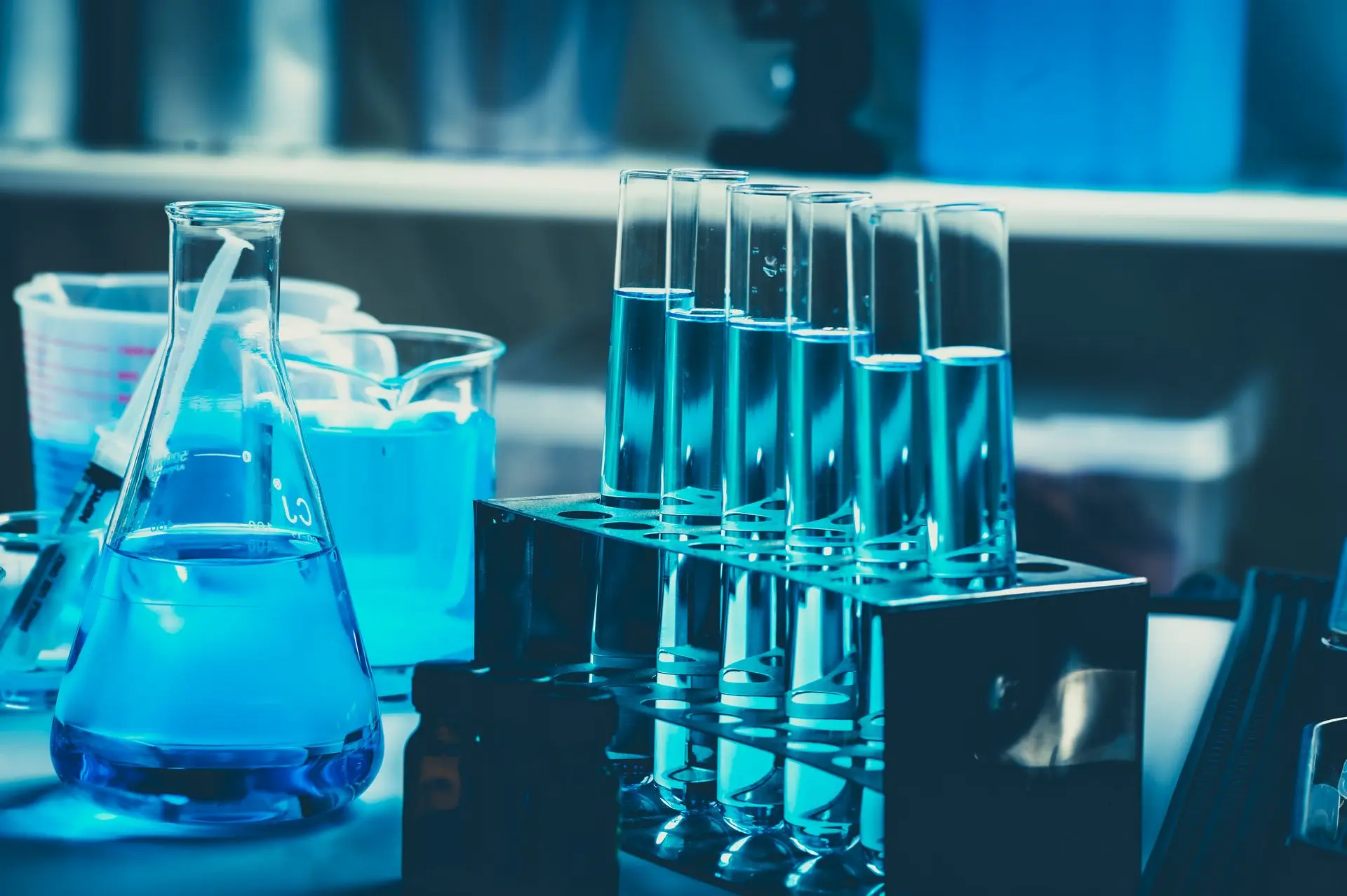
Understanding Chemical Toxicity: Impact on Tissues and Organs
Chemical toxicity to tissues or organs arises when harmful substances disrupt the normal biological functions at the cellular or systemic level. These toxic agents ranging from industrial chemicals, pollutants, medications, to environmental toxins can enter the body through ingestion, inhalation, dermal absorption, or injection. Once inside, they may accumulate in specific organs such as the liver, kidneys, lungs, or nervous system, where they interfere with vital cellular processes. Mechanisms of toxicity include inducing oxidative stress, causing inflammation, damaging DNA, and disrupting metabolic pathways, all of which can lead to cell death or impaired tissue function. The severity and type of damage depend on factors such as the chemical’s nature, dose, duration of exposure, and individual susceptibility. Acute toxicity may present as immediate symptoms like organ inflammation or failure, while chronic exposure can lead to long-term conditions including fibrosis, cancer, or neurodegenerative diseases. Recognizing the pathways and effects of chemical toxicity is essential for developing effective prevention strategies, regulatory policies, and therapeutic interventions to protect human health and minimize environmental impact.